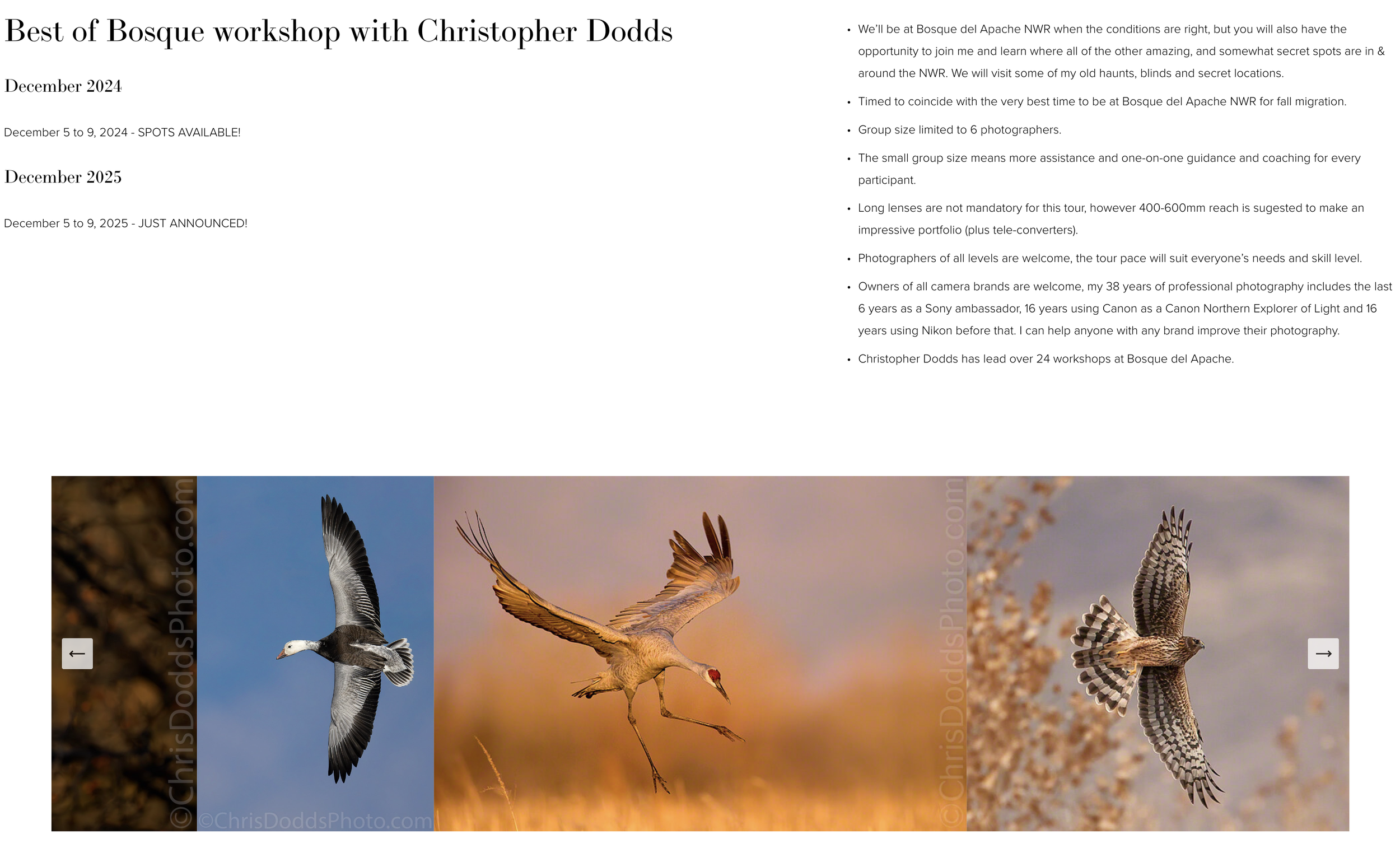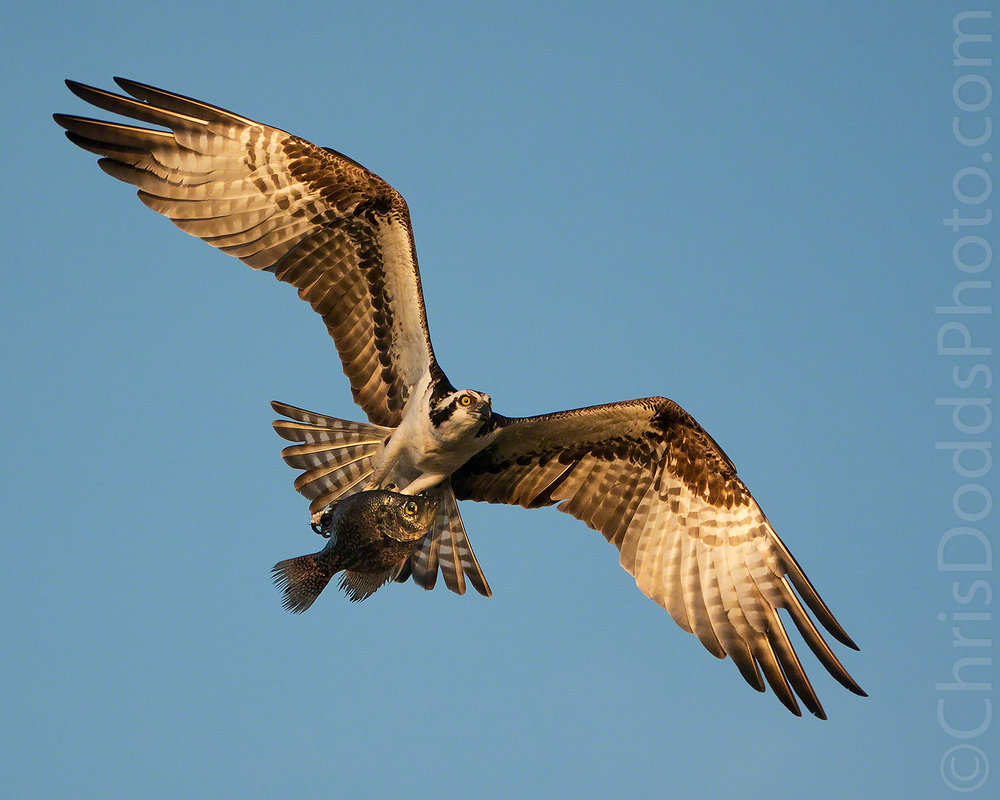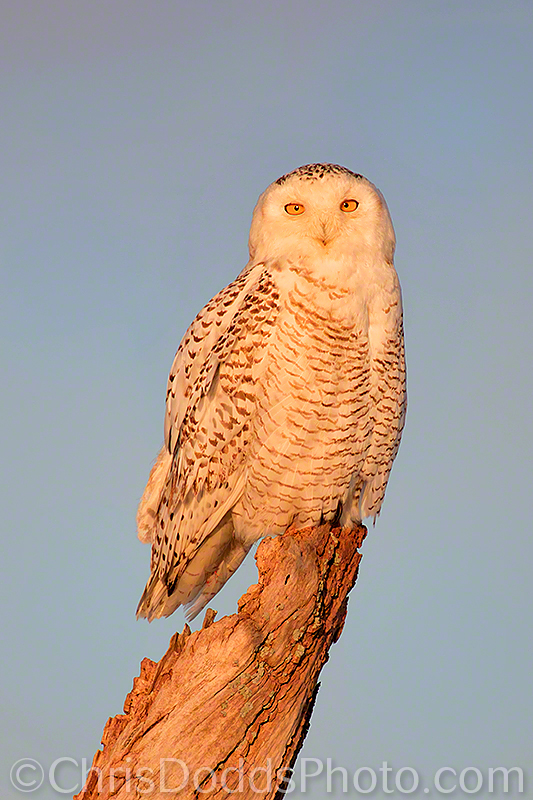The morning dawned with a heavy fog in Coastal Alaska, lending an air of enchantment to the world and excitement to my group during my Ultimate Brown Bears of Alaska Workshop. After a fantastic breakfast, we ventured out in the skiff, the engine's purr a soft counterpoint to the fog's stillness. We disembarked onto a shore carpeted in dew-laden coastal grass, and after a short, quiet hike, we were rewarded with a heartwarming spectacle. Two brown bear cubs, siblings bursting with energy, appeared out of the fog, their playful wrestling a magical moment for my group. As they moved out into the opening in the tall grass, the first golden fingers of sunlight reached through the mist, illuminating their antics and transforming the fog into a spectacle of diffused golden light.
Coastal Brown (Grizzly) Bears Wrestling in golden light (Ursus arctos, Ours Brun) Hallo Bay, Katmai National Park, Alaska. From my Ultimate Alaska Bear Boat Trip. Image Copyright ©Christopher Dodds. Sony Alpha a9 Mirrorless camera & Sony FE 400mm f/2.8 G Master OSS Lens with Sony FE 2X Teleconverter @800mm ISO 640, f/5.6 @ 1/1,250s Manual exposure. Full Frame. Join me in Alaska for the Ultimate Brown Bears Galore Workshop Adventure. LEARN MORE HERE.






















